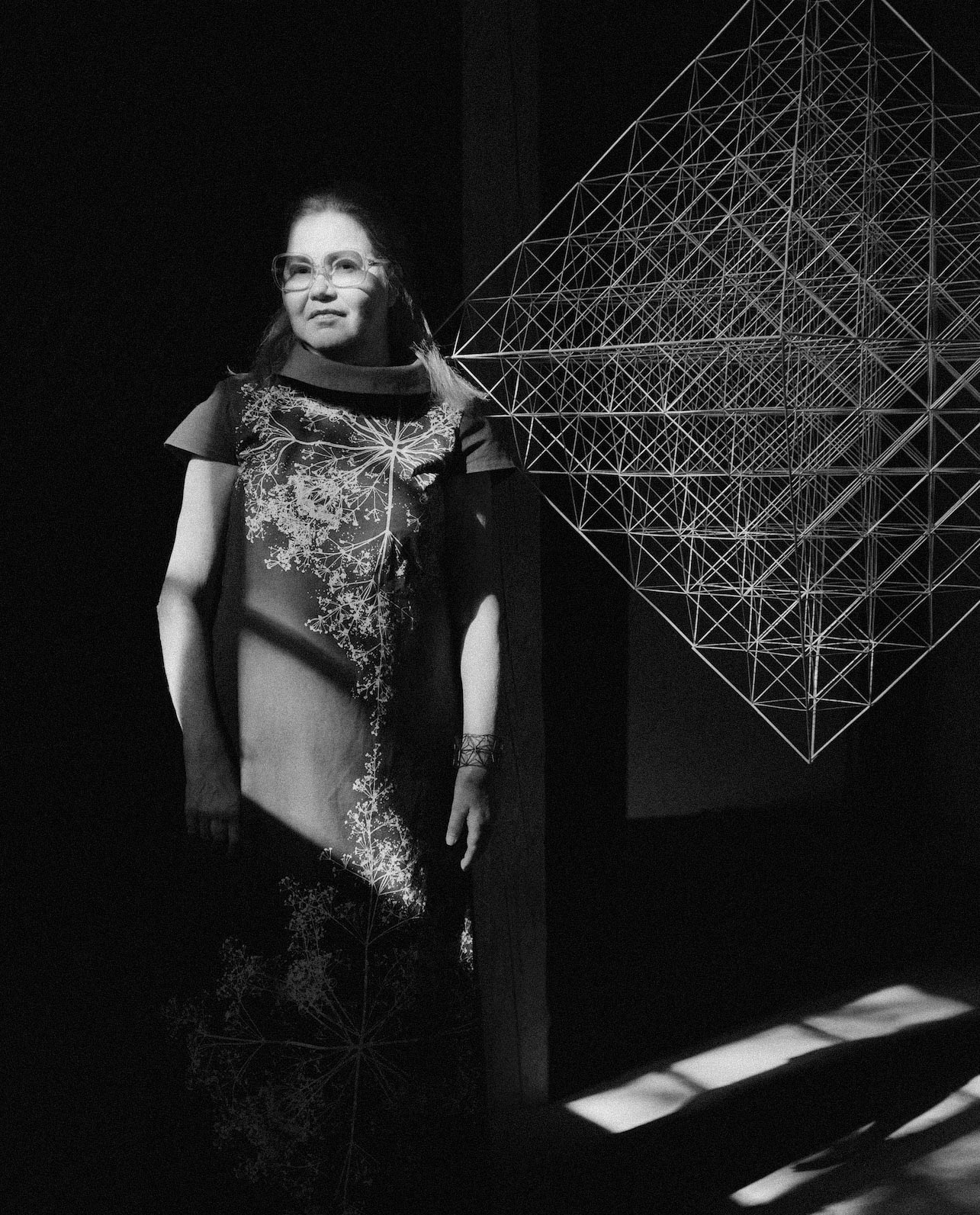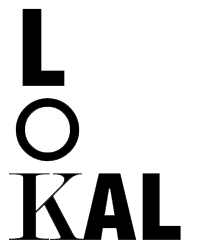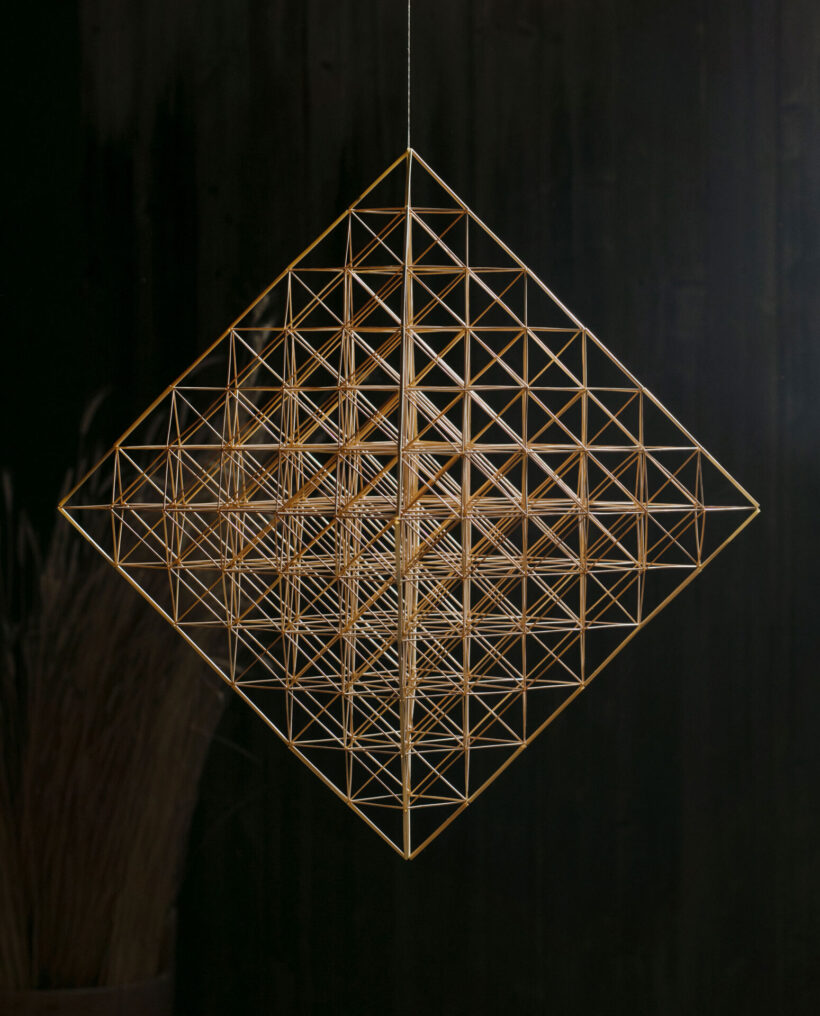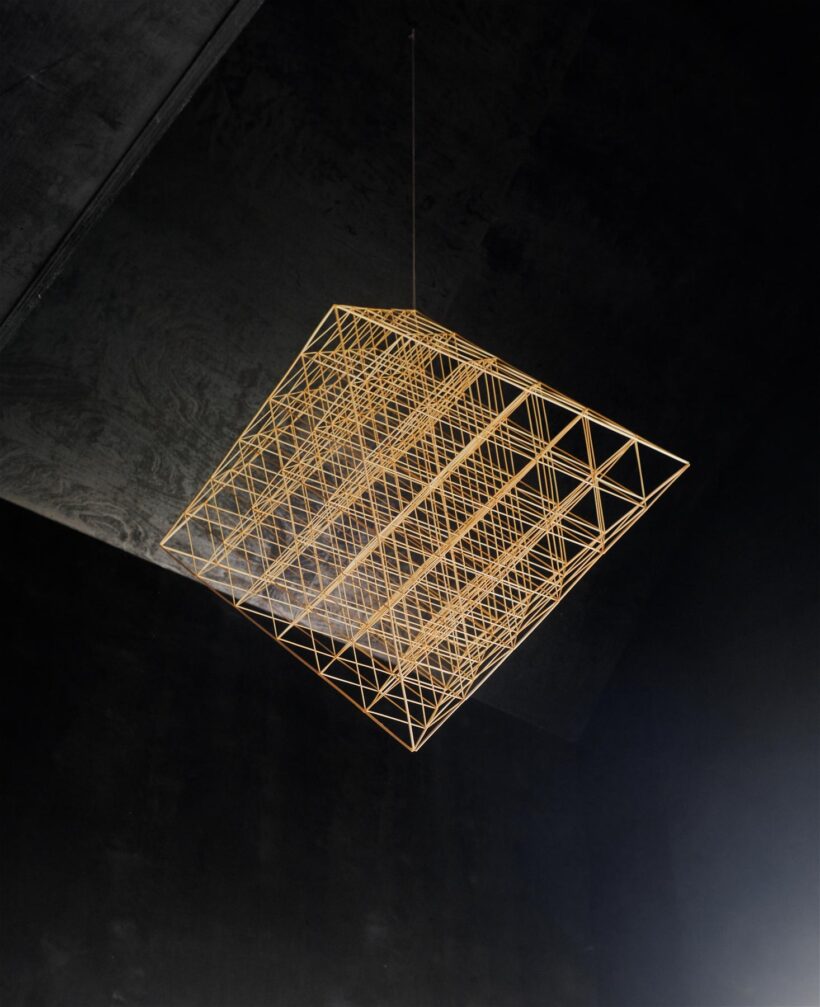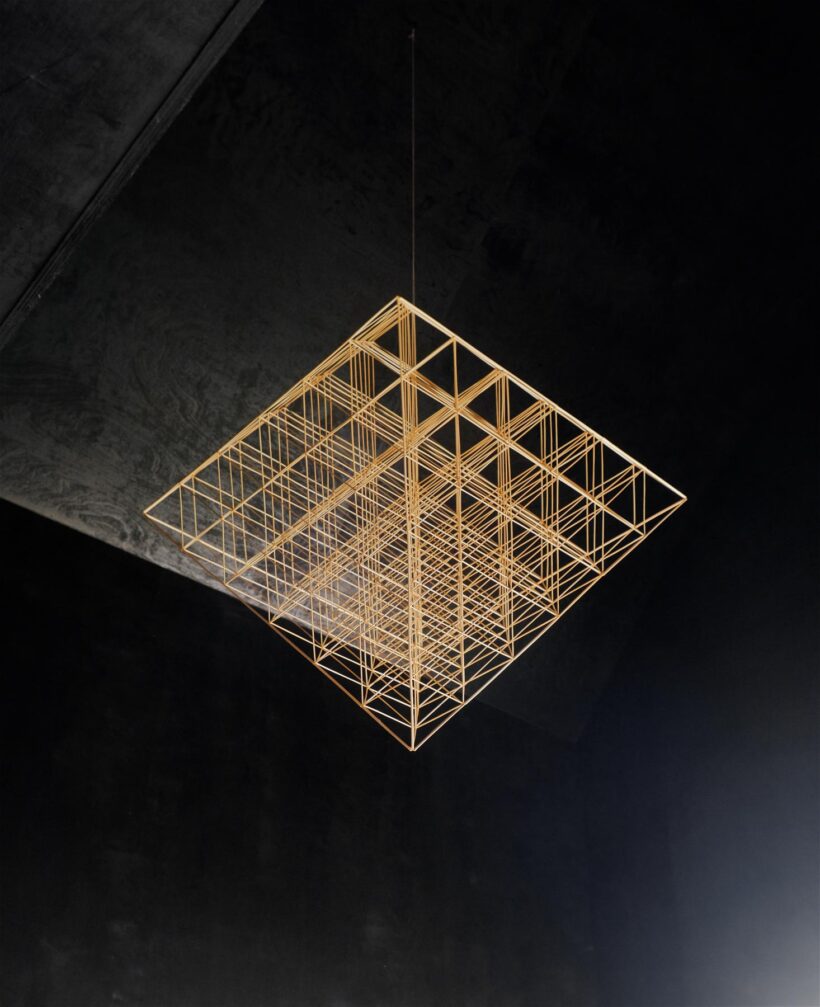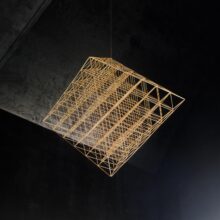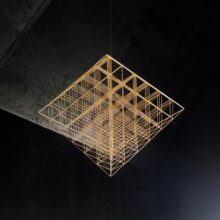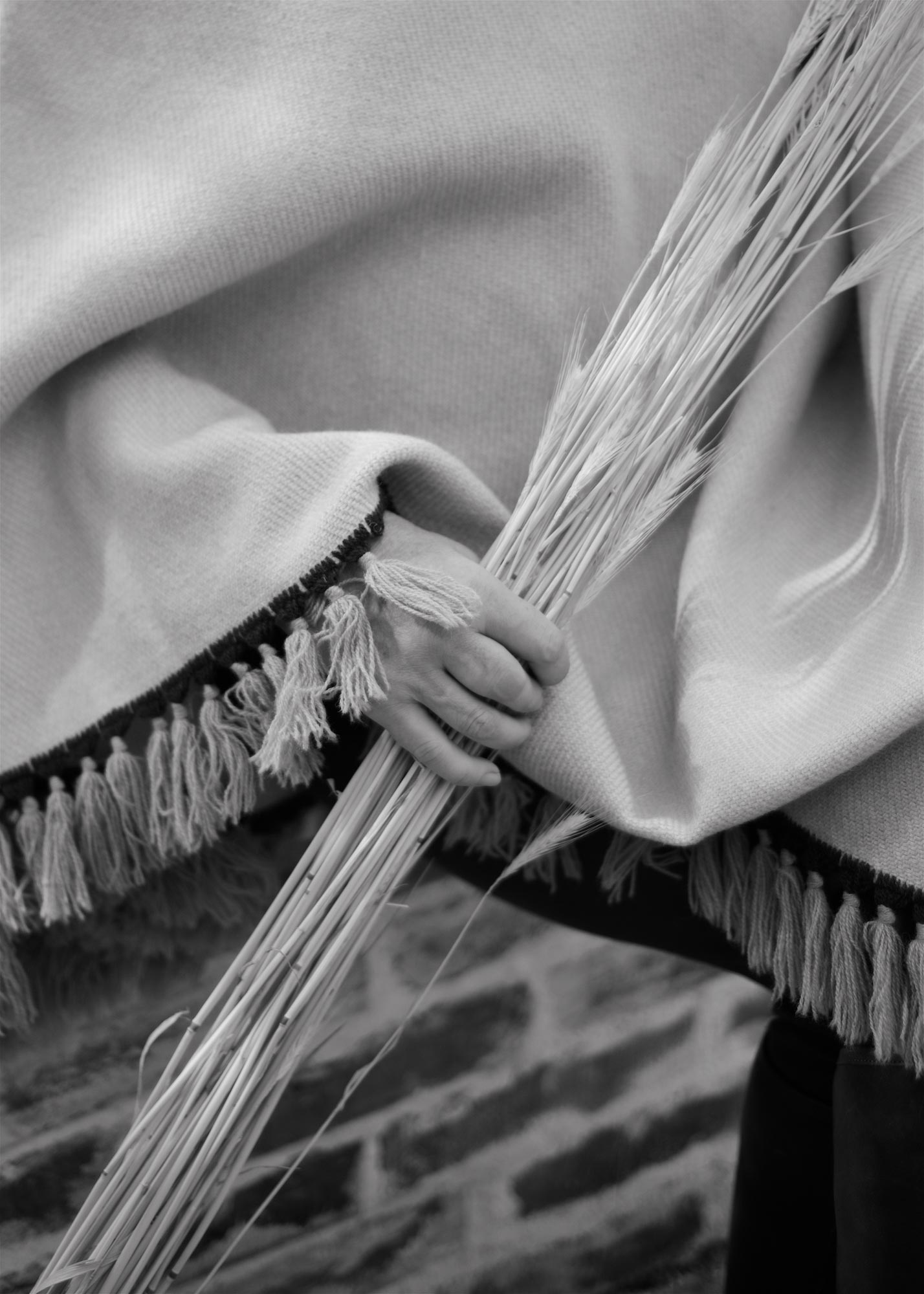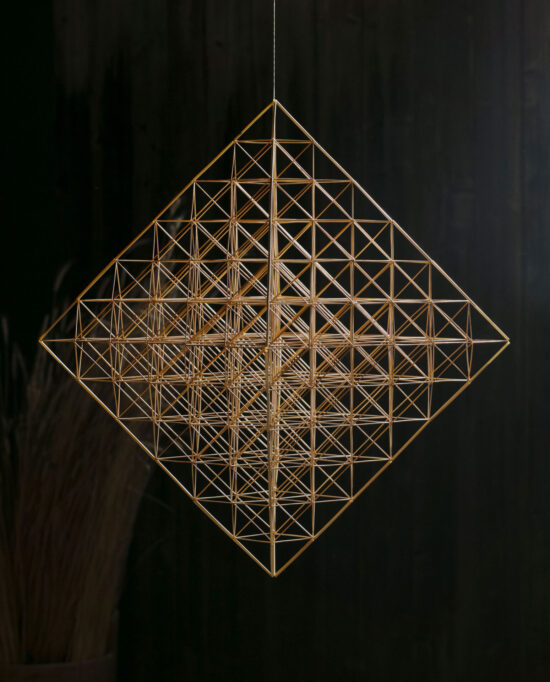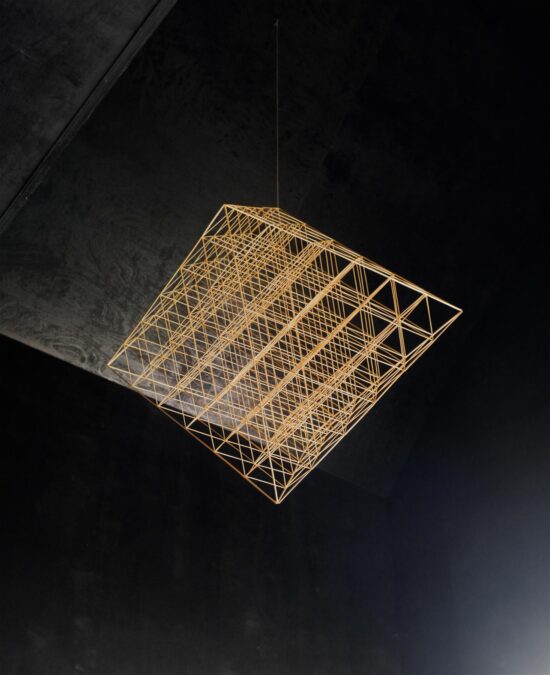Eija Koski | TILA Himmeli
| Year | 2024 | Medium | Organic rye straw, cotton string | Size | Approx. 70 x 50 x 50 cm |
| Categories |
Made on order. Delivery time 2-4 weeks.
950,00 €
Available
“The quiet motion of a himmeli speaks to me in a language of mathematical beauty. A himmeli is like the Kalevala; it holds within it secrets if only one knows how to open its door. When I make a himmeli, each straw has its place. Every corner is in place. Everything has an order. In making a himmeli, I think that so it is in my life as well. Everything has a meaning. Every event has its meaning. Nothing is a coincidence. And finally the angles are aligned. That thought is very liberating to me. It feels as though I am a component of a universal law and order. Everything has pre-agreed lines and encounters.”
